Package printers and brand owners are faced with a key challenge today, one with few available solutions.
While the brand names and logos that grace a package can remain constant for years, other critical information changes frequently. This includes batch numbers, the unique sequential identifiers required on pharmaceuticals packaging, and a range of variations for country-specific regulations and languages, substitute ingredients, and requirements of specific retailers.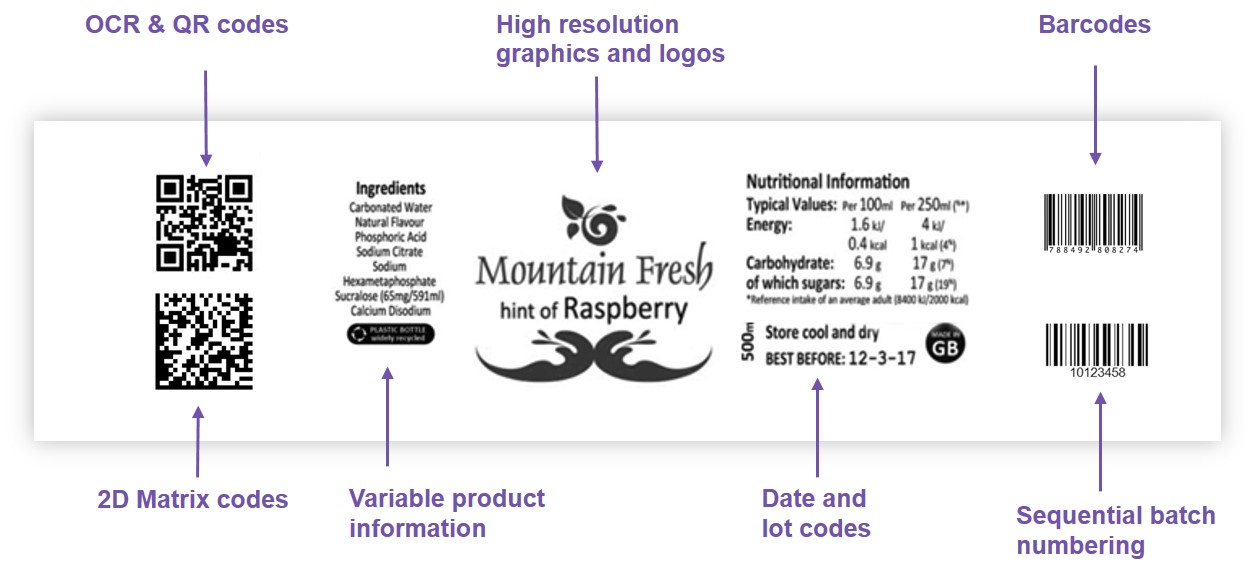
Today, packagers accommodate this more dynamic information in one of two ways:
- They can print and warehouse multiple versions of the package and pick them as needed. This can be done through traditional flexo, gravure and offset processes. And while the quality is very high, the shorter print runs are very costly, result in additional warehousing and picking costs, and are impractical for variable information (such as unique package identifiers).
- Another method is to overprint the new information onto pre-printed packages at a later stage, usually during manufacturing or filling. This is less costly, with quality that is sufficient for applications like expiration dates, but limiting for others.
But there’s good news on the horizon.
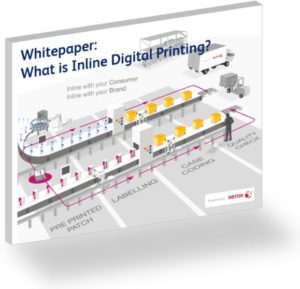
For many packers and fulfillment companies, these trade-offs may soon become moot. High-quality, late-stage printing of complex information is possible with a new technology that combines novel technologies from DataLase Ltd. and Xerox Corporation, which are integrated by Macsa I.D., S.A
A Growing Market
The worldwide market for late-stage printing generates about $3 billion in annual revenue and is growing by 4 to 5 percent each year. Inkjet devices account for more than 65 percent of late-stage volume today while thermal transfer systems represent another commonly used technology. Each technology has its strengths and challenges.
Inkjet prints at very high speeds, as fast as 5 meters per second, to keep up with most manufacturing lines. But it prints only in small areas, typically 10 to 20 characters on one or two lines, and uses low-quality fonts that clearly show their dot patterns. That’s the trade-off: minimizing ink volumes makes drying faster to maintain production speeds.
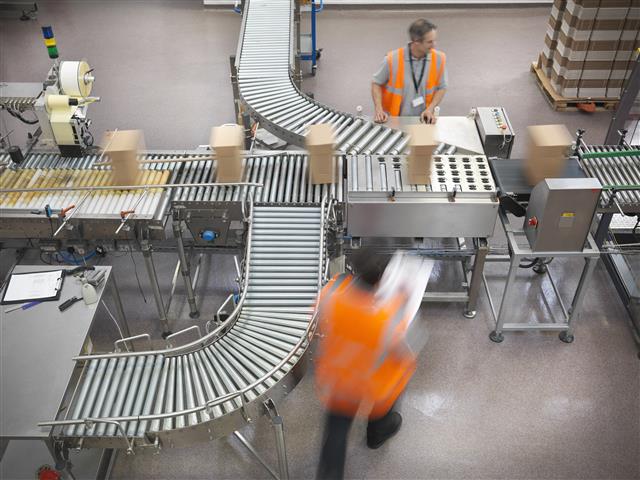 Inkjet also can have reliability issues. The prints heads are positioned close to the packs, where they are occasionally bumped into misalignment. Ink can clog, particularly in the hot and dirty environments of many filling facilities, causing shutdowns that typically cost from $1,000 to $5,000 per hour. In addition, ink durability can be an issue, for example, in freezers, where condensation can wash away type. When that happens, throwing the box away is often less expensive than manually determining its contents.
Inkjet also can have reliability issues. The prints heads are positioned close to the packs, where they are occasionally bumped into misalignment. Ink can clog, particularly in the hot and dirty environments of many filling facilities, causing shutdowns that typically cost from $1,000 to $5,000 per hour. In addition, ink durability can be an issue, for example, in freezers, where condensation can wash away type. When that happens, throwing the box away is often less expensive than manually determining its contents.
Inkjet’s main technology competitor today is thermal transfer, offering higher quality, but slower speeds and a ribbon-based process that is messy and requires frequent ribbon replacement. This, of course, results in frequent machine downtime. No coding and marking technology on the market today has sufficient quality for printing high-resolution graphics and logos, small fonts and various forms of bar-codes at production speeds of 1 meter per second and greater.
Transforming Late-Stage Printing
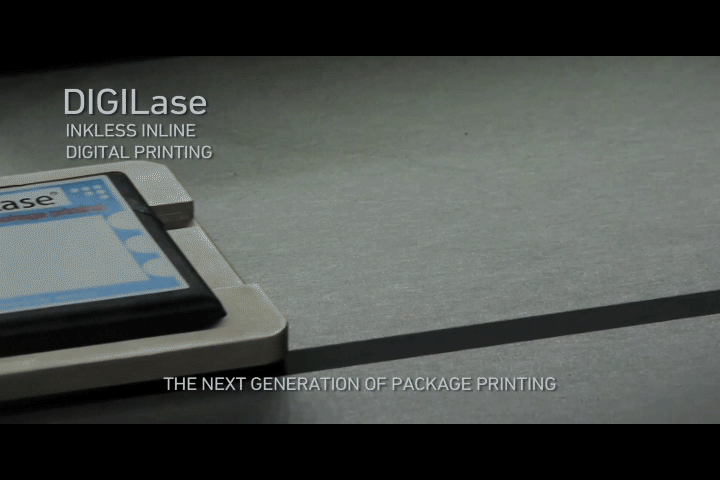 The new Macsa ID DIGILase, Powered by Xerox solution takes a novel approach: it does not use ink or toner.
The new Macsa ID DIGILase, Powered by Xerox solution takes a novel approach: it does not use ink or toner.
Rather, a proprietary array of lasers developed by PARC, sends beams that strike thermochromic materials from Datalase in a pre-printed patch. The laser’s heat causes the thermochromic pigments in the materials to change to a predetermined monochrome color (Full-color capabilities are planned).
Where today’s late-stage inkjet printers can cover a few characters over one or two lines, the Macsa-DIGILase-Xerox solution can address a much larger space of up to 100 millimeters (3.9 inches) wide. And it can print directly onto many objects made of a range of materials including foil, film and plastic – not just product packaging and shipping cartons.
**Editor’s Note: This technology was the subject of an Innovation Stage presentation at PACK EXPO, ‘Introducing a New Disruptive Digital Laser Packaging Print Technology’. To watch the presentation, please click here.**
How it Works.
The process begins when a pack or product is conventionally printed by flexography, gravure or lithography. Thermochromic materials are applied to specified areas on the product or pack in the form of a clear or white ink patch containing the laser-sensitive materials.
The laser system prints as fast as 1 meter per second from any of several locations—on converting lines replacing flexo or gravure processes, on filling lines for printing after filling or packing, or in retail locations, where packaging could reflect recent changes, such as the results of a sports contest.
Advantages of an Inkless, Laser-Based Solution
The Macsa ID DIGILase, Powered by Xerox solution has many advantages over inkjet and thermal transfer.
- Running costs are significantly lower, particularly when assembly line shutdown frequency is taken into account.
- Productivity is higher, as it uses no inks or ribbons that require refilling or replacement and cleanup.
- Reliability is greater. The lasers maintain high-resolution printing when fired from distances as far as 5 centimeters (about 2 inches) from the packaging, vastly reducing the likelihood that a print head will be struck and misaligned during production.
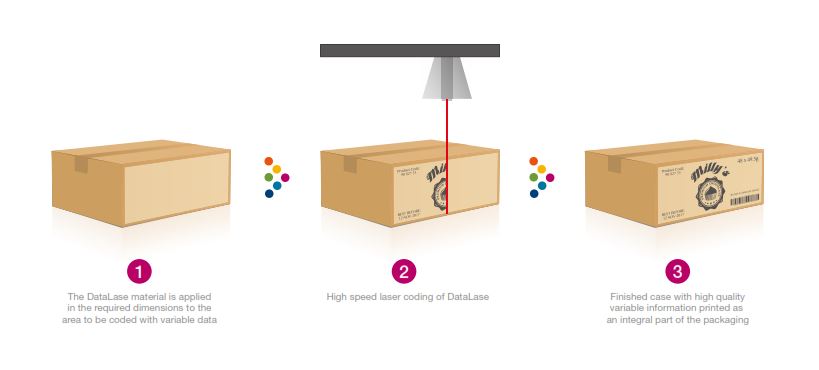
Enabling New Applications
Finally, print quality and durability matches that of the flexo and offset presses used for early stage printing. With that quality level, the Macsa ID DIGILase Powered by Xerox solution enables a new, broader range of late-stage applications with easily readable text and incorporating high-resolution graphics and logos, gray scale, small fonts, bar-codes, OCR and QR codes, 2D matrix codes and variable product information.
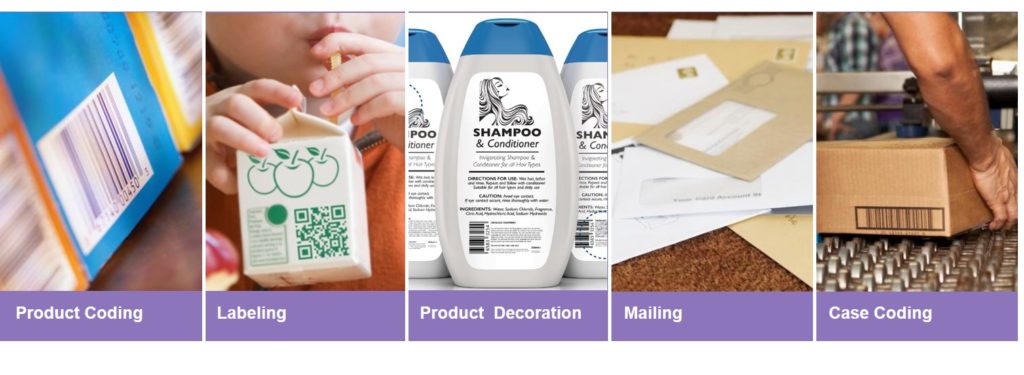
This new solution offers the potential to eliminate printing and affixing of address labels by printing addresses and bar-codes directly onto the shipping carton, streamlining production. By using the solution to print such variable information as ingredients, languages and country regulations, manufacturers and converters can reduce their inventory and SKU levels, saving on warehousing and picking. And by introducing new applications, such as ads printed onto shipping cartons customized to the profile of the recipient, manufacturers and converters can develop new, sophisticated marketing-driven revenue streams.
Entering a New Frontier for Late-Stage, In-Line Coding and Marking
This new solution has all the hallmarks of a disruptive technology. It has the potential to displace inkjet to deliver new capabilities that will expand the market and change the way the work gets done.
We are excited for the opportunities this presents, particularly for early adopters who can get out ahead of the late-stage customization and personalization transformation.
Want to Learn More?
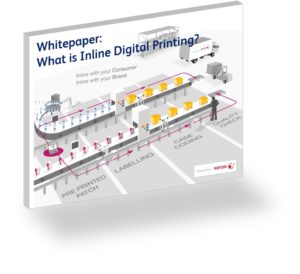
This technology was featured in a PACK EXPO Innovation Stage presentation, ‘Introducing a New Disruptive Digital Laser Packaging Print Technology‘. To watch a replay of the session, please click here.
We also encourage you to download our Whitepaper What is Inline Digital Printing, developed by DataLase, to learn more about the late-stage coding and marking segment and the advantages of combining laser-reactive materials with multi-laser arrays.
What’s the Future Hold for Printed Packaging?
The retail value of printed packaging is worth over $400 billion globally – only 3% of which is derived from digital packaging today. The exciting news? Every digital print segment is expected to see rapid growth in the coming years. Here’s what we see the future holding for digitally printed packaging.
https://youtu.be/oxKiraJ61hs?list=PLioPSVdbzdpZHN7MyCsEnX76Y18cS-34X
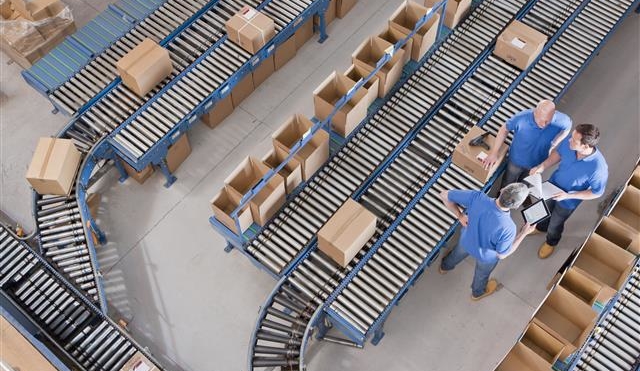

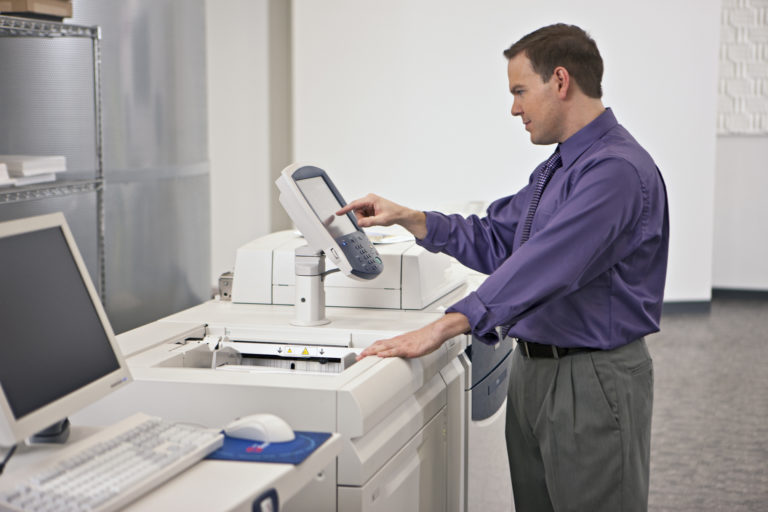

I just downloaded the whitepaper and its excellent. Great information on the new disruptive technologies..
Brian Ruiz
Production Print Program Manager
(714) 310-8684
Brian.Ruiz@Xerox.com
http://www.TheBrianRuiz.com
Follow me on https://www.linkedin.com/in/brianruiz
[…] This blog is an excerpt of an article that currently appears on xerox.com. […]